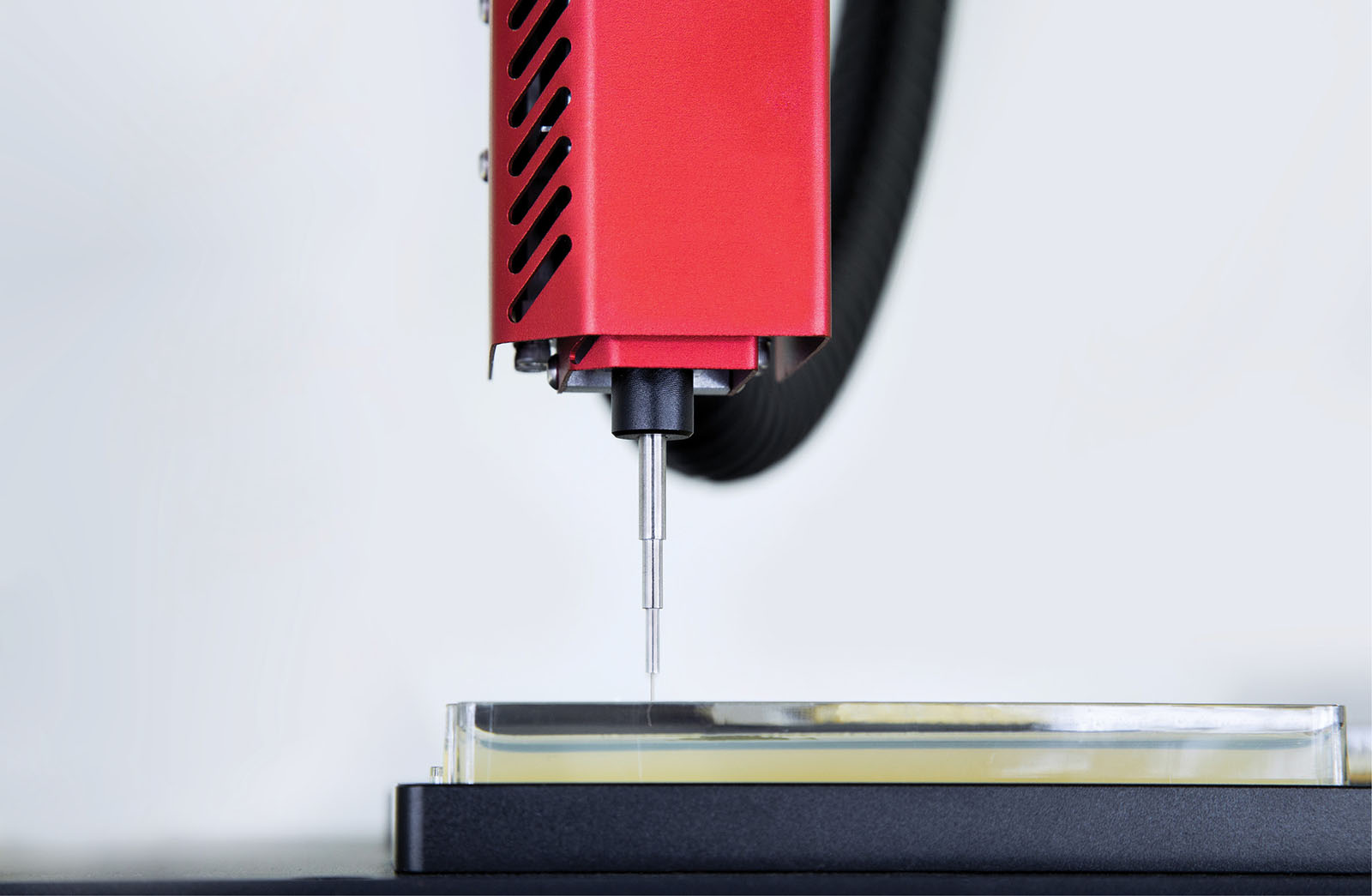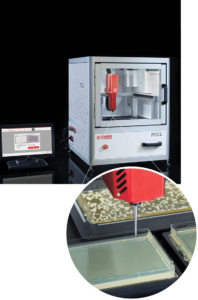
Synthetic biology is the marriage between science and engineering to design and build biological parts and cutting-edge devices to help fuel bio-based economies. This motivation to accelerate innovation in synthetic biology between academia and industry resulted in the establishment of the Singapore Consortium for Synthetic Biology (SINERGY), hosted by NUS. One successful outcome of the collaboration between academia and industry is the development of a high-precision, automated high throughput colony picker, Singer-PIXL.
Singer-PIXL was born out of a collaboration between Singer Instruments, a UK-based technology leader in automation and robotic instruments for the life sciences industry, and Singapore BioFoundry, Singapore’s first and only biofoundry which houses state-of-the-art robotic systems and is hosted by NUS Synthetic Biology for Clinical and Translational Innovation (NUS SynCTI).
Screening of large libraries of microbial strains is a common task in synthetic biology. While screening is traditionally performed manually, handpicking thousands of colonies is not only impractical and tedious but also inefficient and costly. Despite the huge advantages of robotic colony picking systems, these platforms have not been widely adopted largely due to issues such as inconsistency, low throughput and cross-contamination.

This is a problem that was waiting to be solved. In 2017, Singer Instruments and NUS SynCTI signed a research collaboration agreement to conceive and develop a new advanced and automated high-throughput colony picker, following the Design-Build-Test-Learn mantra of BioFoundry.
From here, Singer’s scientists and engineers worked closely with NUS SynCTI researchers to design and test Singer-PIXL, developing the next-generation colony picker Singer-PIXL, which evolved to become a high-precision colony picker. To maximise its reach and utility, Singer-PIXL was housed at the BioFoundry for proximity to researchers, who could use the instruments and provide constant feedback to design and learning.
Singer-PIXL went from design to automation within two years. Its improved functionality in design and automation is a result of input and feedback from researchers at NUS SynCTI. With this new design and capabilities, it has found wide acceptance in the synthetic biology community for its high precision and efficiency.
This collaboration has proven to be a good model and blueprint for the development of future advanced robotics. Through initiatives like SINERGY, nurturing corporate-academia partnerships enhances interaction between researchers and engineers, which in turn leads to the development of new technologies for automation and robotic screening platforms. Within SINERGY, a number of synergistic public-private sector partnerships are in the works. This bodes well for the future of synthetic biology.
3 Key Features of Singer-PIXL
User-friendly software interface
Singer-PIXL uses a touchscreen interface to guide users through the workflow to set up protocols for picking the right colonies in minutes. It is also incredibly simple to operate for end users, typically allowing them to master 90% of software functionality within 10 minutes of introduction.
Pinpoint picking technology
This meticulously developed technology is high on reliability and sterility. Compared to existing models of colony pickers which use metal pins that must be sterilised each time and run the risk of cross-contamination, Singer-PIXL uses a polymer-based PickupLine that is freshly cut, to generate sterile ends as pin heads to transfer microbial colonies. After the colony picking is completed, the ‘tip’ is snipped off and disposed to prevent cross contamination. Another advantage of the pinpoint technology is that it can cope with any variation in agar height automatically, to ensure that every single colony on the plate is picked and transferred without damage to the agar plates. The motors are accurate to 50 microns and the picking profiles are adjustable to optimise for even the most tenacious colonies.
Reliability
Singer-PIXL automates colony recognition, colony selection, imaging, and picking to and from various source and destination plates, ranging from petri dishes to multi-well plates. It adapts to protocols and is capable of tracing and exporting every plate, colony and parameter. Singer-PIXL accepts 90mm and 150mm petri dishes, as well as rectangular plates. It also pins onto agar or into liquid, including 96- and 384-well PCR and microtiter plates. It allows users to pick colonies based on both visible light and fluorescence imaging as it possesses six SpectraStar channels, namely blue, cyan, green, white light and two wavelengths of ultraviolet.



